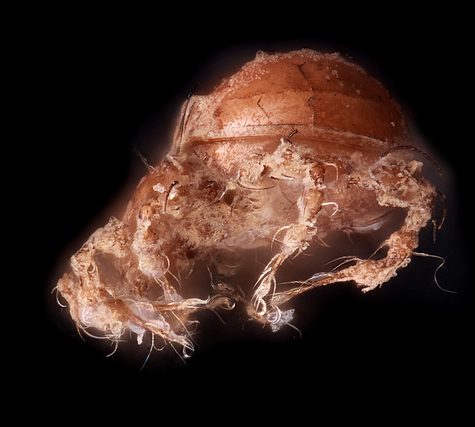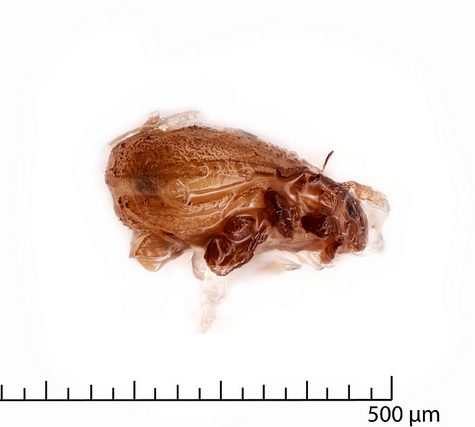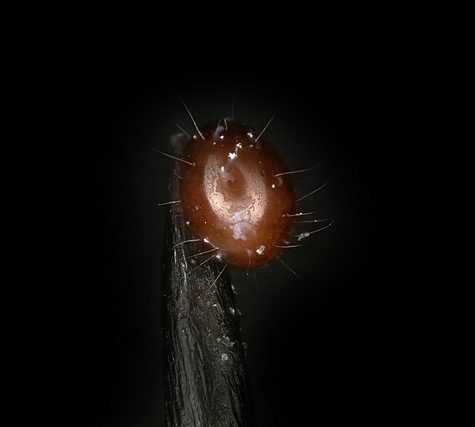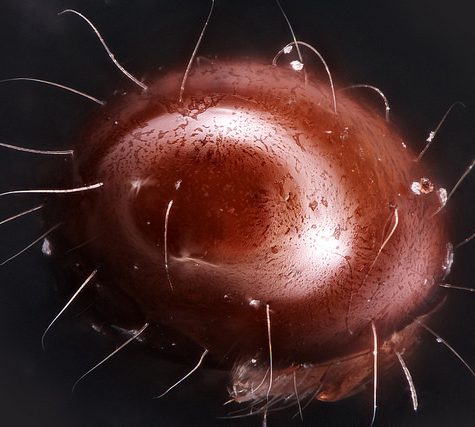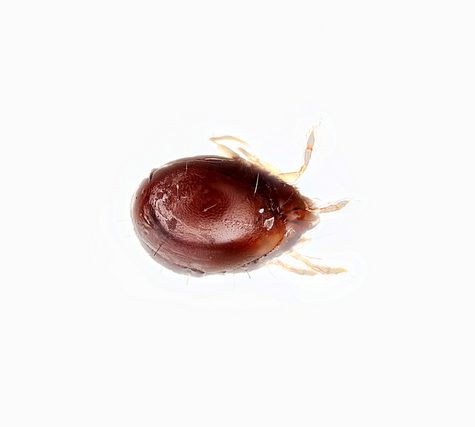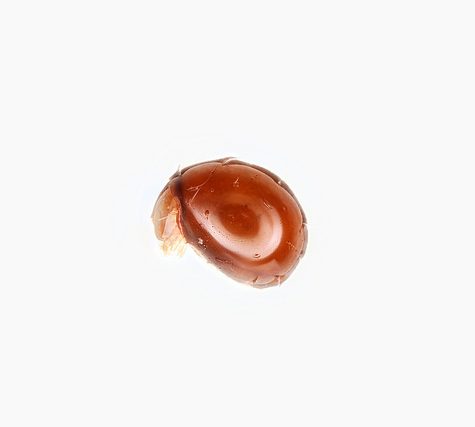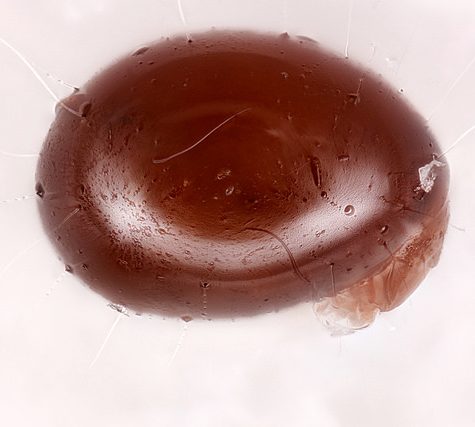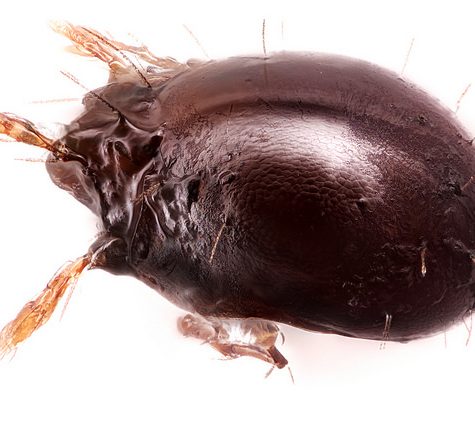Oribatida Mite, Epidamaeus coxalis
$19.00 – $400.00Oribatida (formerly Cryptostigmata), also known as moss mites or beetle mites,[1] are an order of mites, in the “chewing Acariformes” clade Sarcoptiformes. They range in size from 0.2 to 1.4 millimetres (0.008 to 0.055 in).[1]
Oribatid mites generally have low metabolic rates, slow development and low fecundity.[1]Species are iteroparous with adults living a relatively long time; for example, estimates of development time from egg to adult vary from several months to two years in temperate forestsoils.[1] Oribatid mites have six active instars: prelarva, larva, 3 nymphal instars and the adult.[1] All these stages after the prelarva feed on a wide variety of material including living and dead plant and fungal material, lichens and carrion; some are predatory, but none is parasitic and feeding habits may differ between immatures and adults of the same species.

